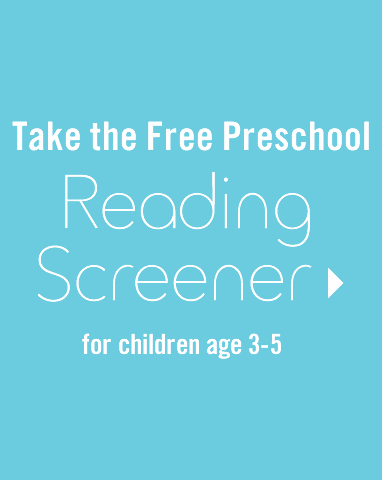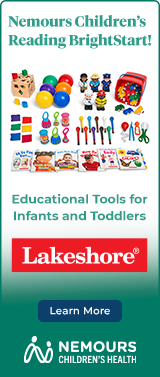Joint attention is an infant’s ability to pay attention to another object or event while also attending socially to an adult. Joint attention is very important for the development of language because it provides the social foundation to support language learning. During this phase of development, infants begin to increase the length of time they share their attention with an adult and a third party or object. Infants begin to understand the meaning of new words by coordinating their visual attention with the object and the sounds being said by the other person.
- an age-appropriate toy vehicle such as a car, bus or truck
Step 1: Gather one of your baby’s favorite toy vehicles like a car, truck or bus. A plastic toy vehicle works nicely for this activity because your baby may want to explore her toy with her mouth!
Step 2: Place your baby in a sitting position on the floor or in her highchair.
Step 3: Show the toy to your baby and tell her the name of the vehicle. Her attention will be on you while you are talking. You might say, “Here is your yellow car!”
Step 4: Roll the toy car back and forth. Your baby’s attention will now shift to the toy car.
Step 5: Next, you might say, “The car goes zoom, zoom!” Your baby’s attention will shift back to you while you are talking again.
Step 6: Continue by alternating verbalizations and rolling the toy car for as long as your baby is interested in the game. Your baby will enjoy hearing different combinations of sounds so be creative! For example, you might say different environmental sounds like “beep, beep,” “vroom, vroom,” or “errrrr.” Your baby may even try to imitate the sounds!
Step 7: Your baby may want to hold the toy car and even try to roll it herself. Continue to be responsive by talking to her so that she may practice shifting her focus from the toy car, to you, and then back to the toy car.
Step 8: This activity produces a continuous shift in your baby’s focus of attention and strengthens the foundation for oral language development.








